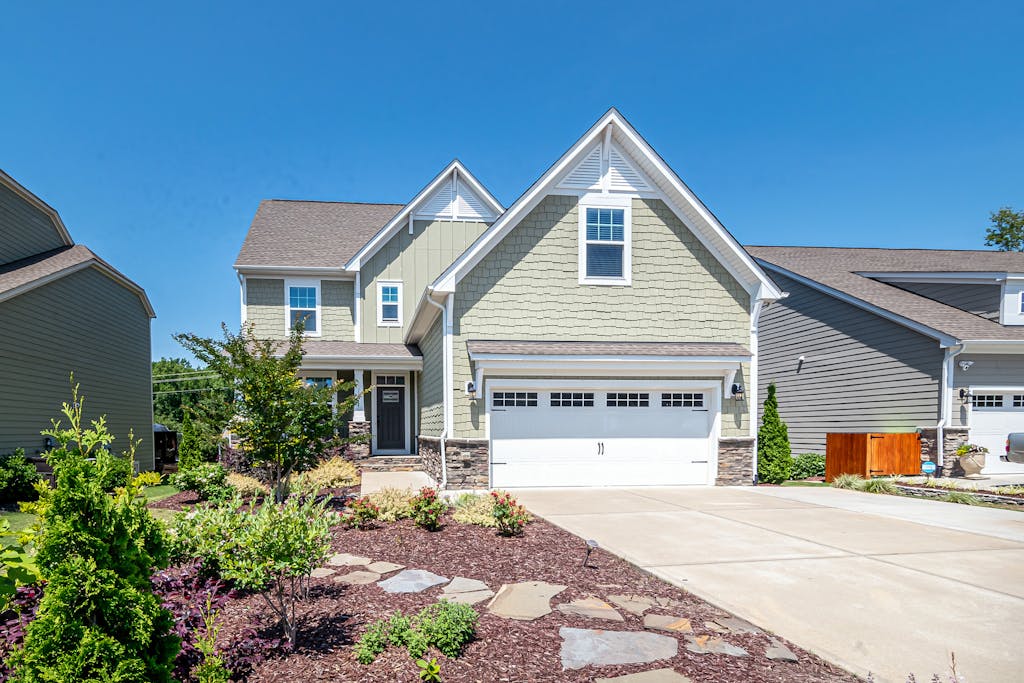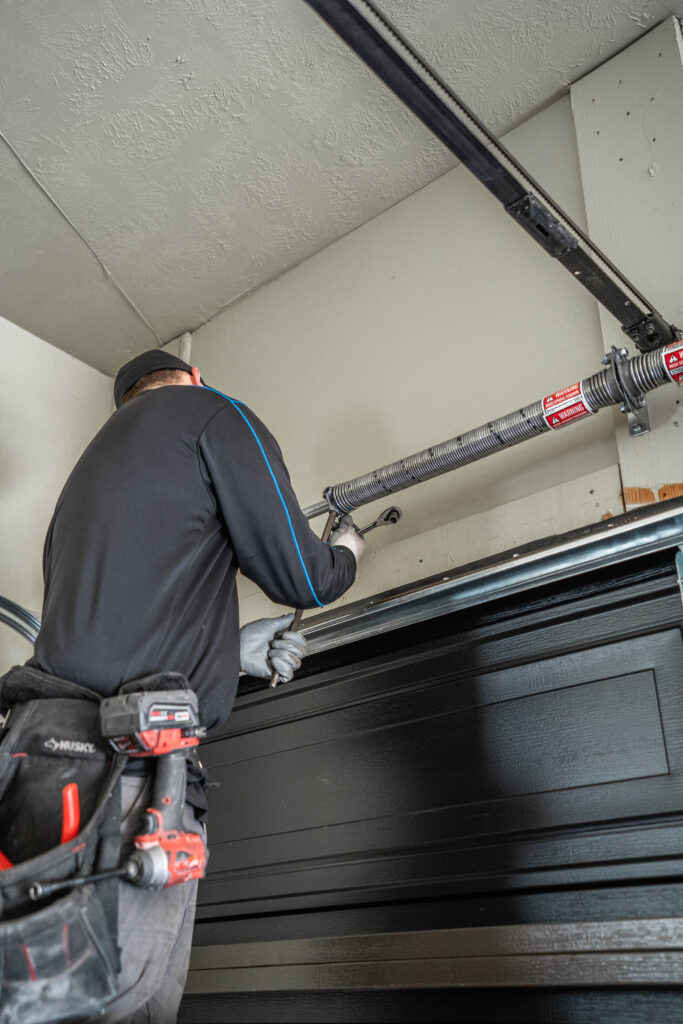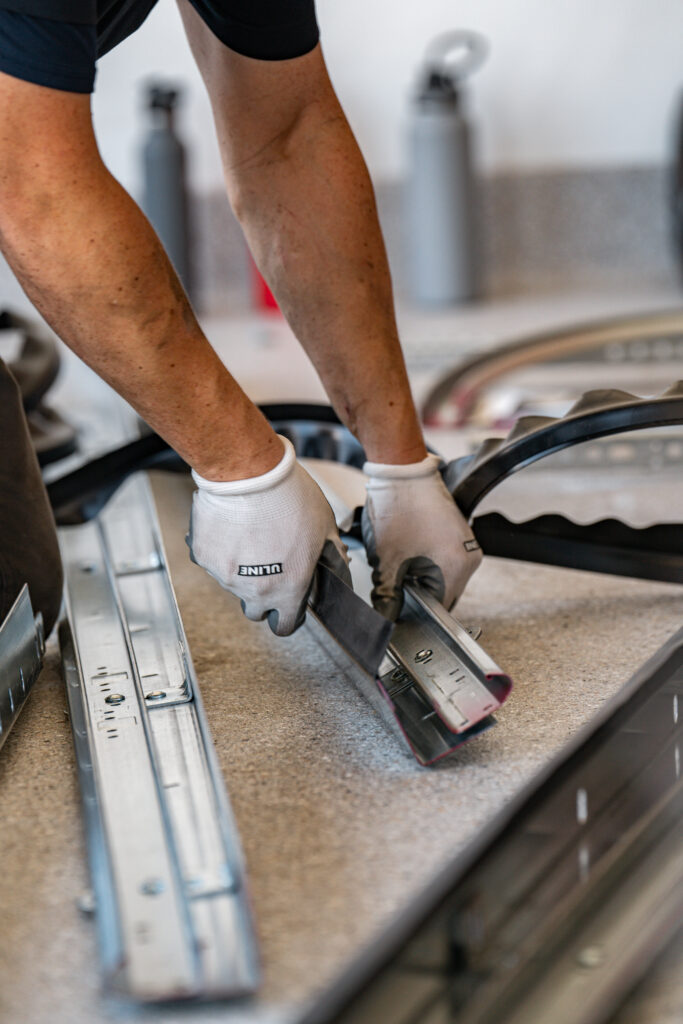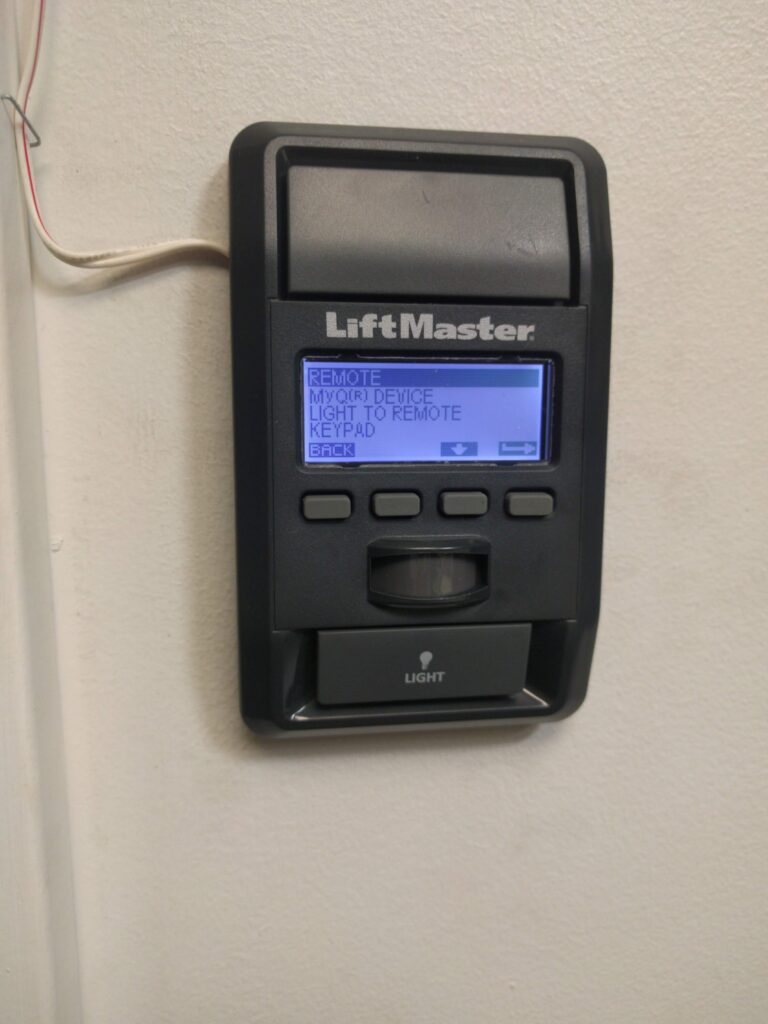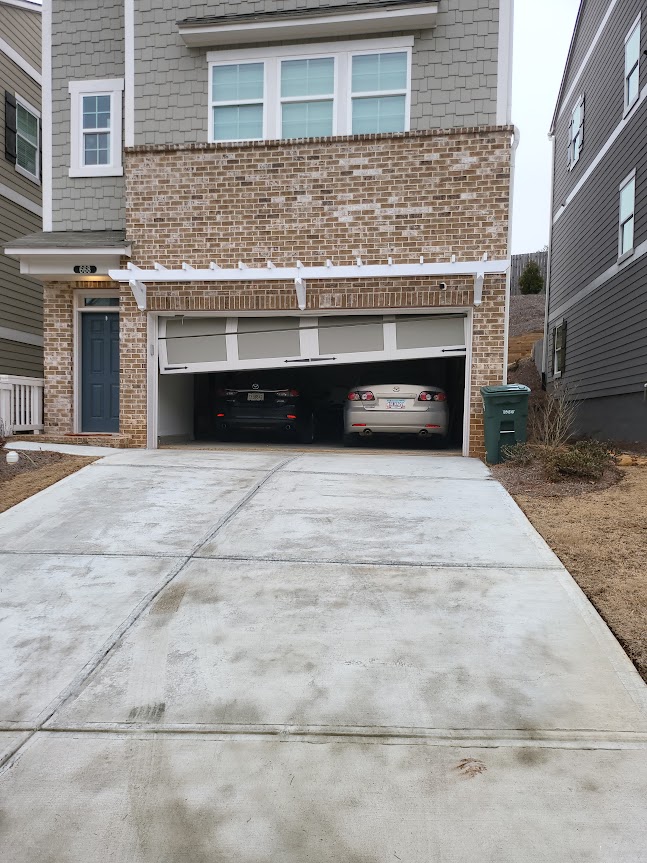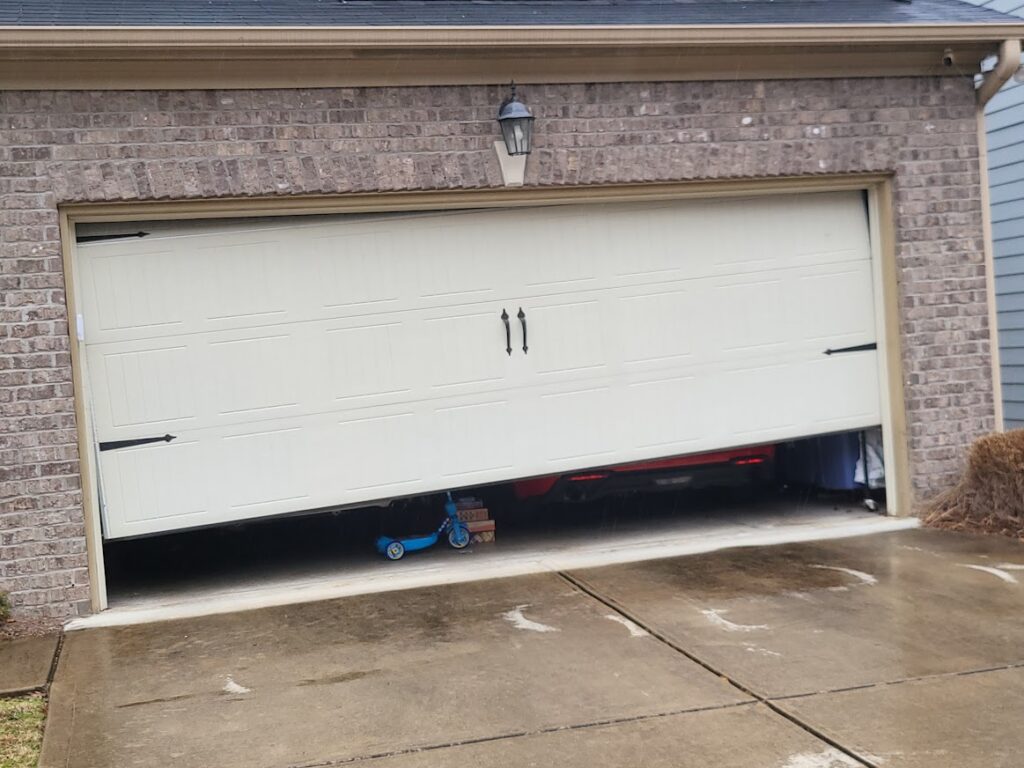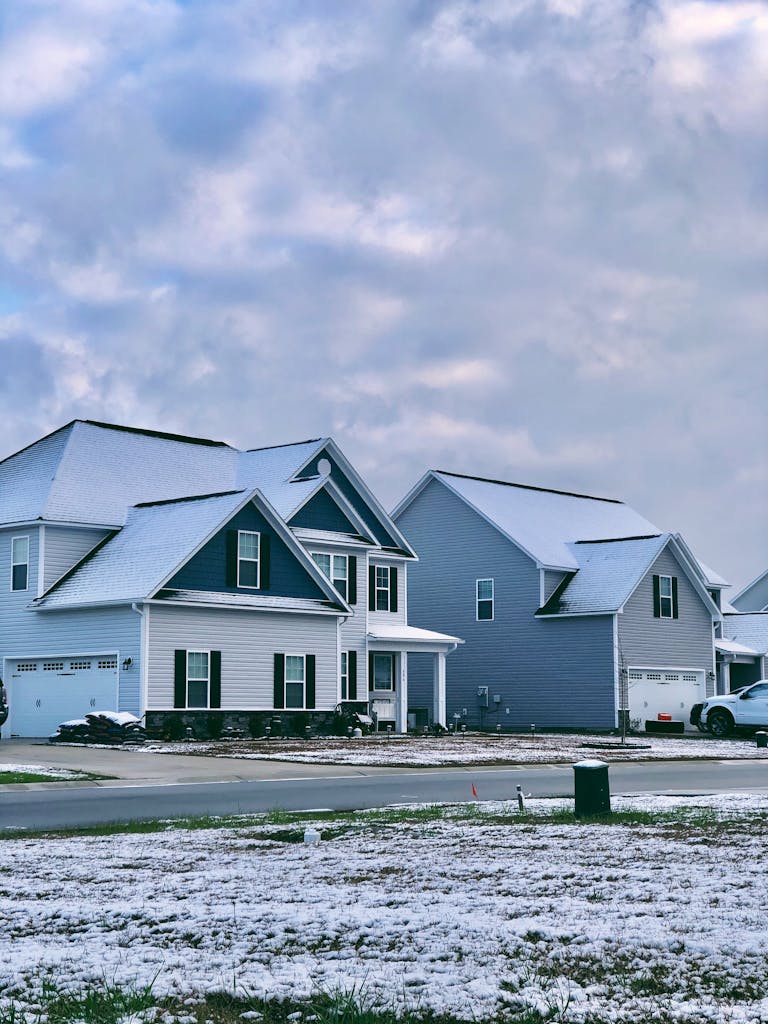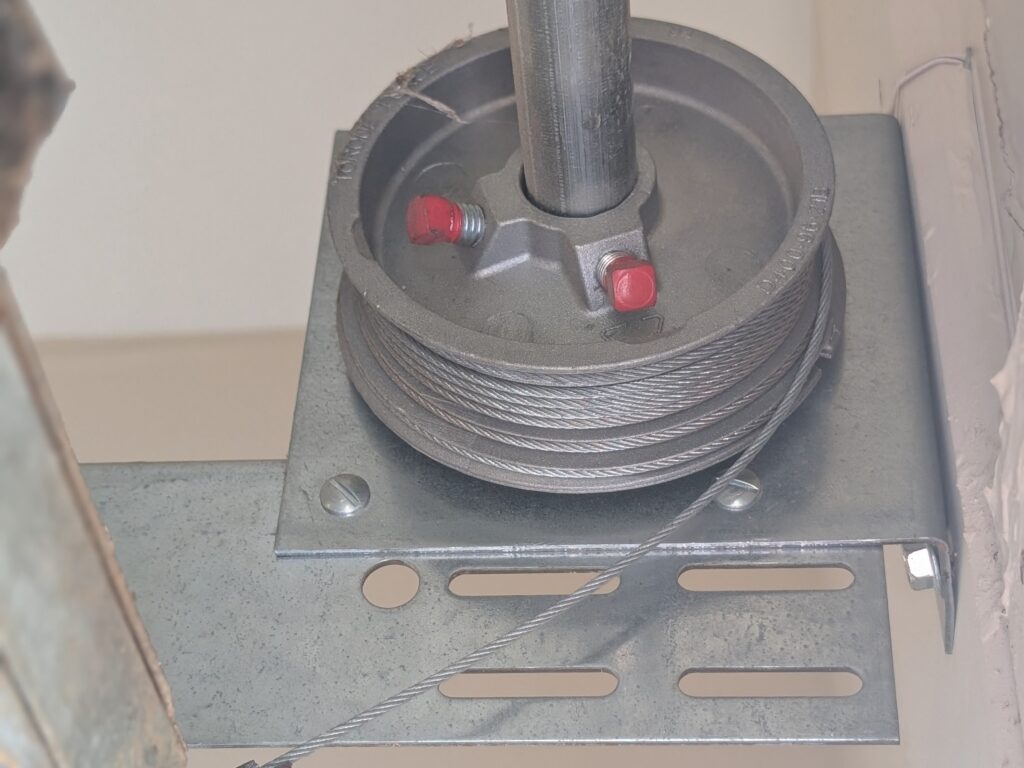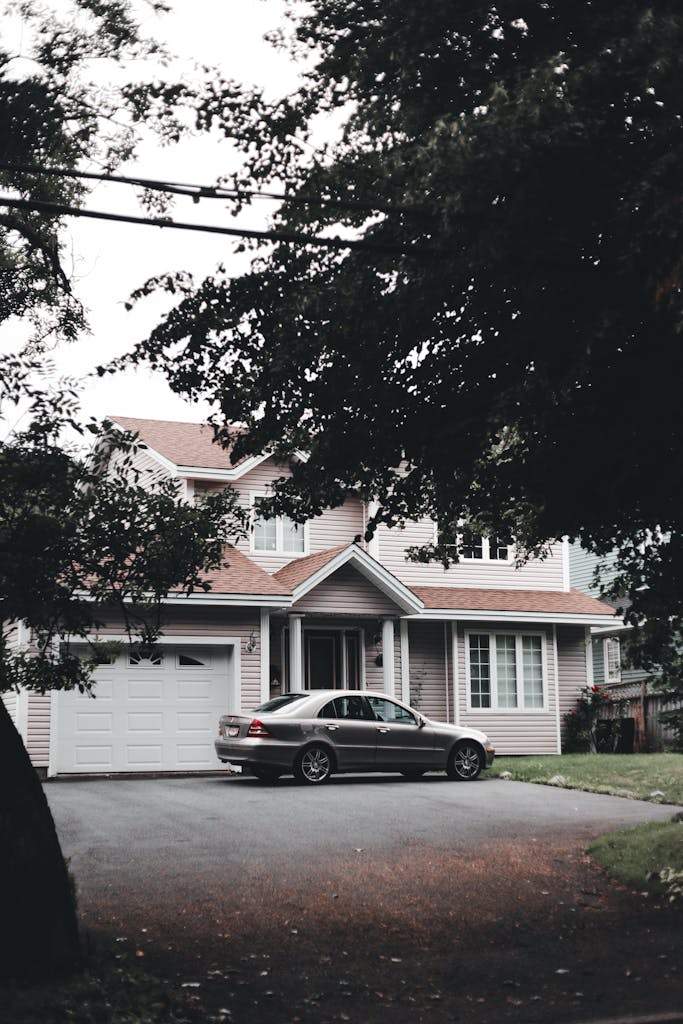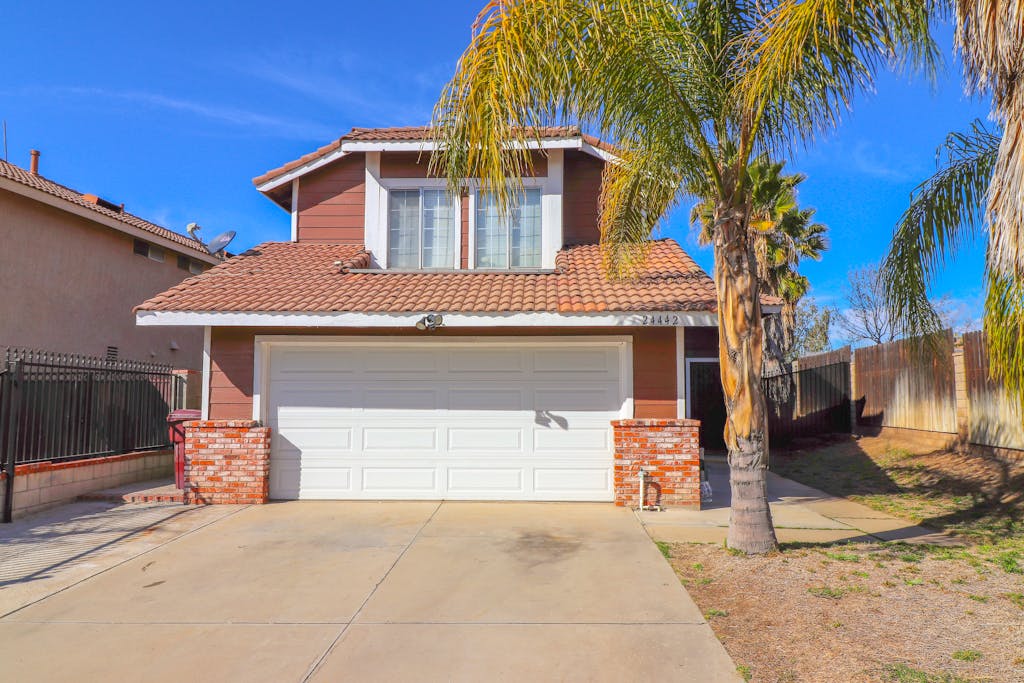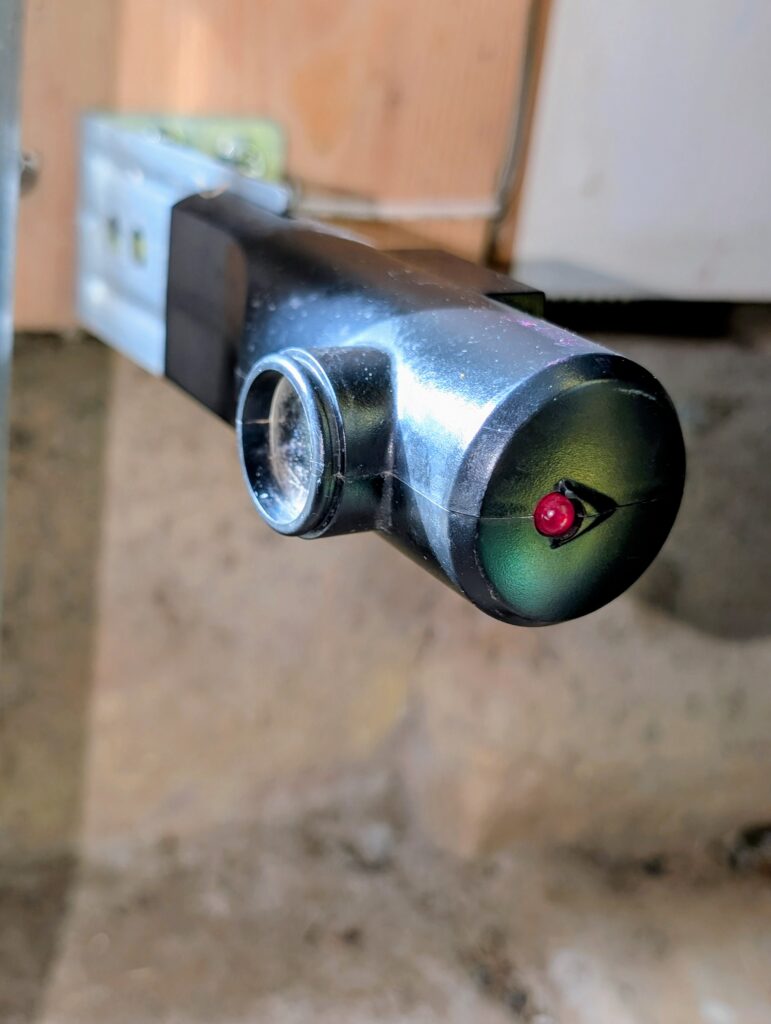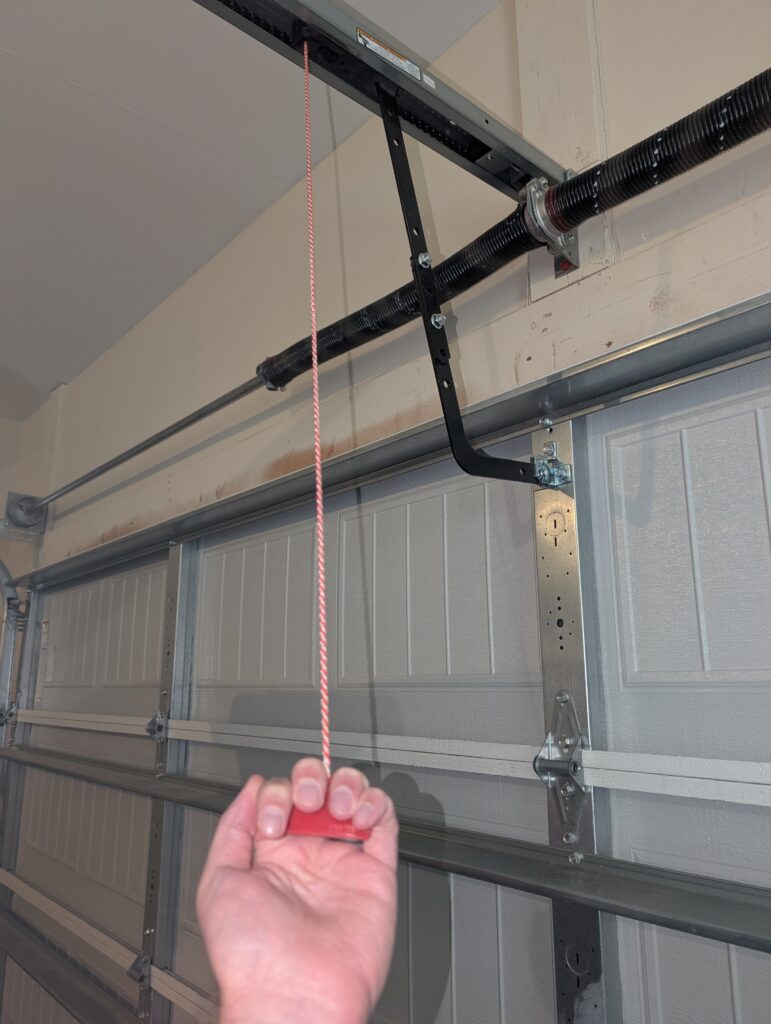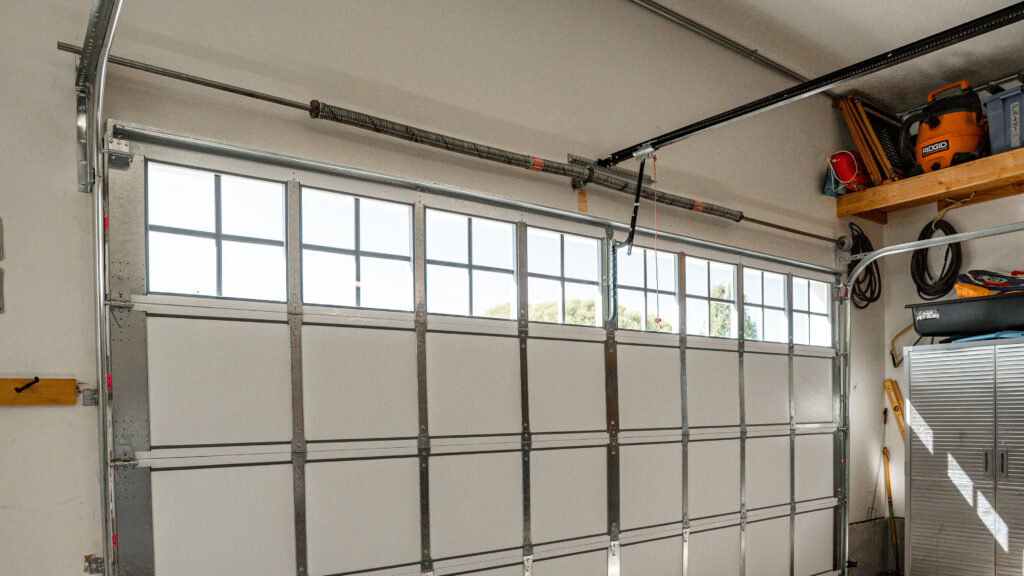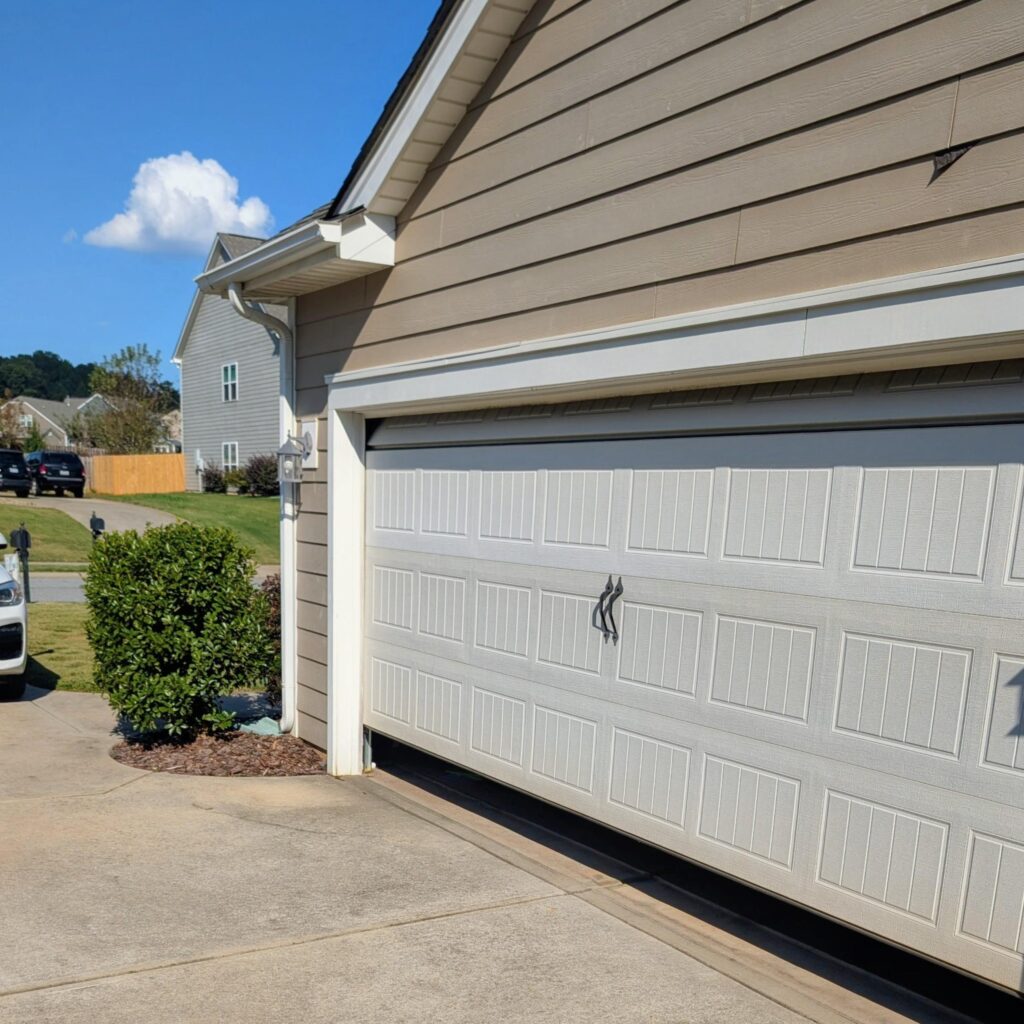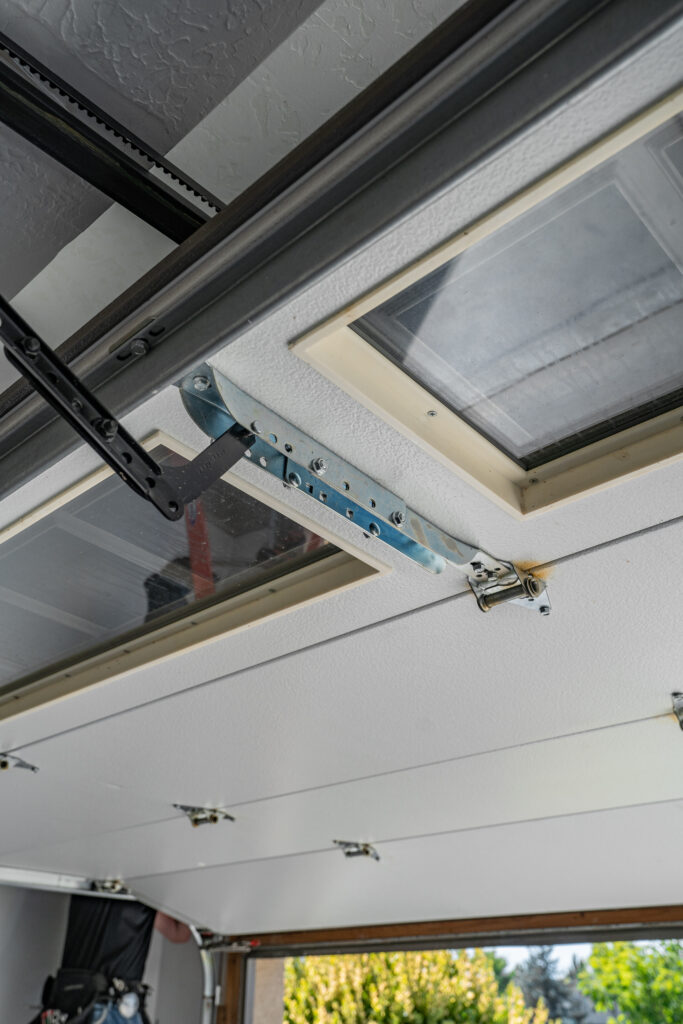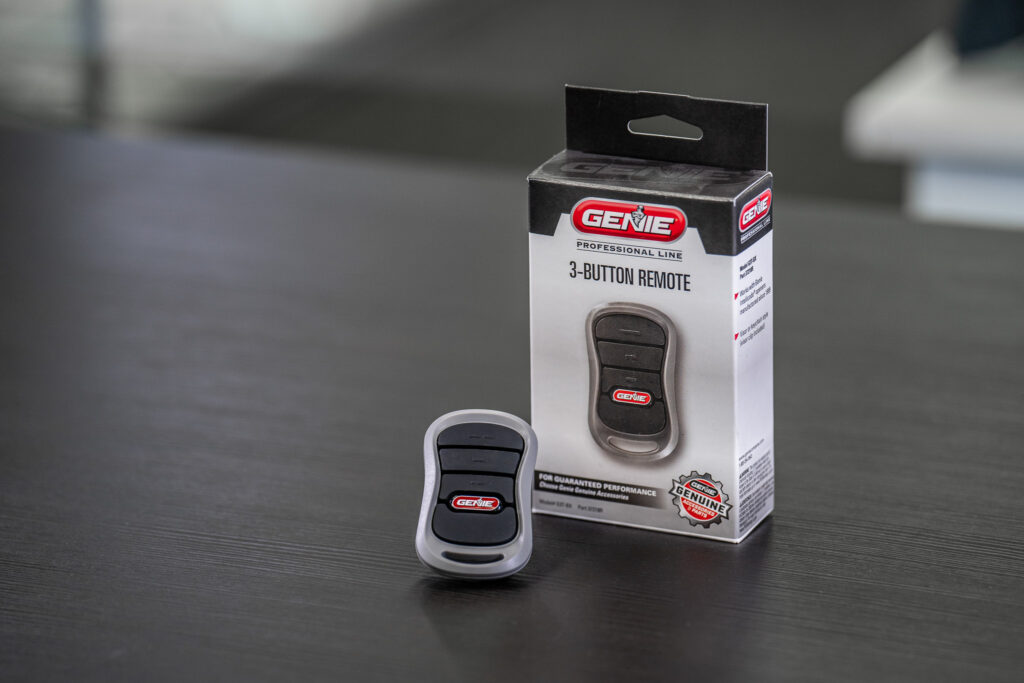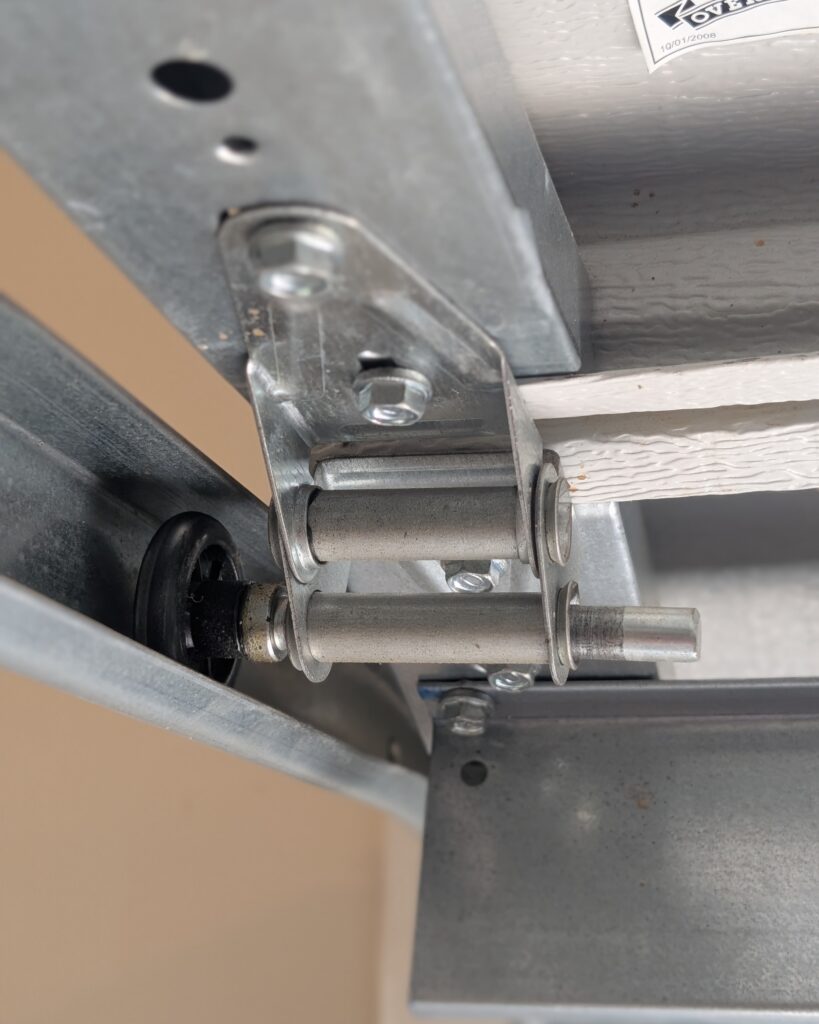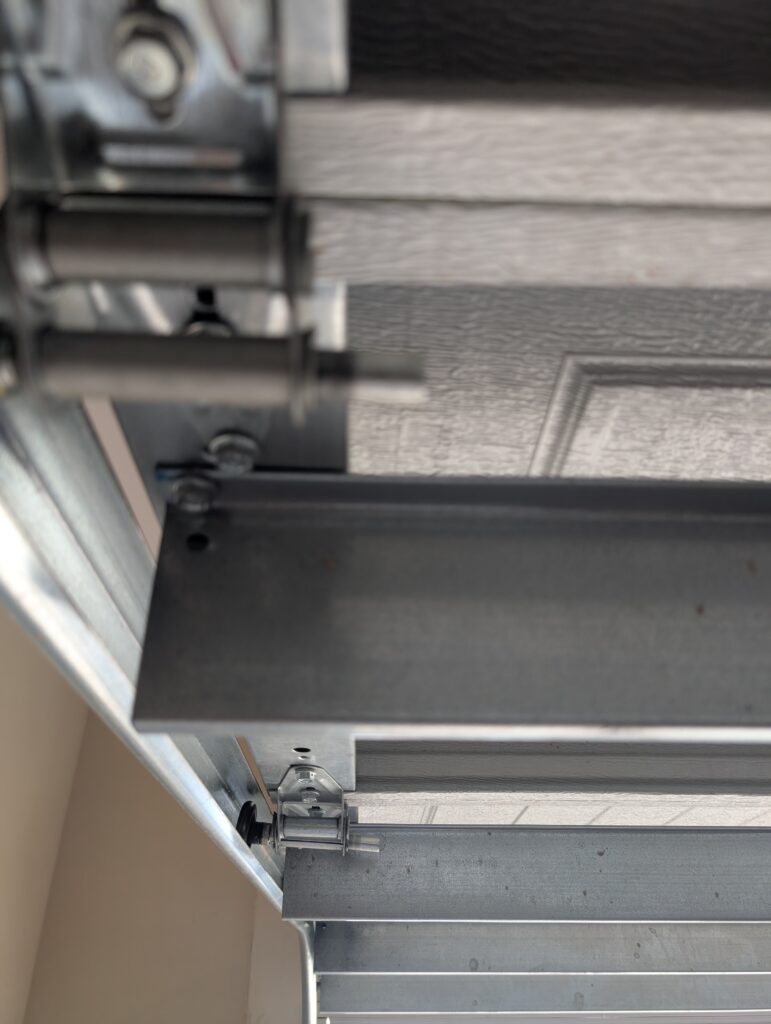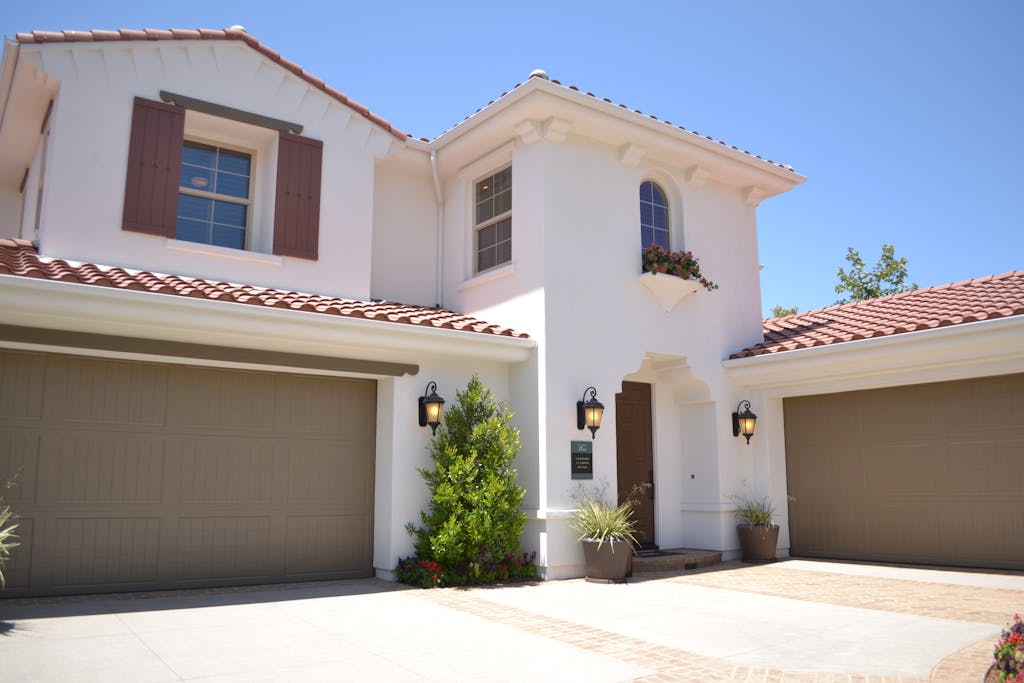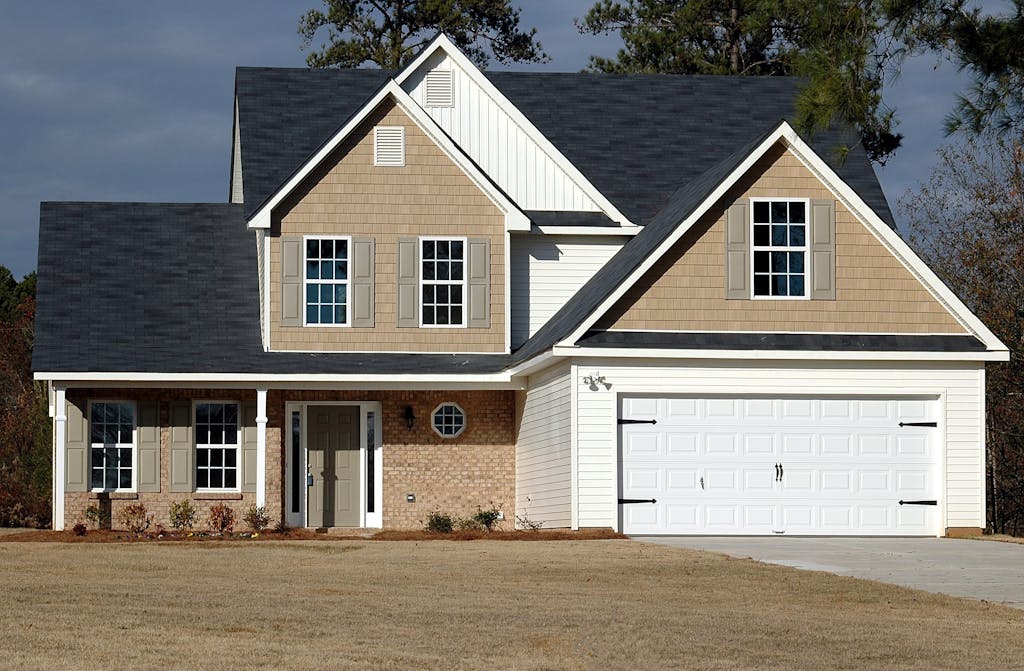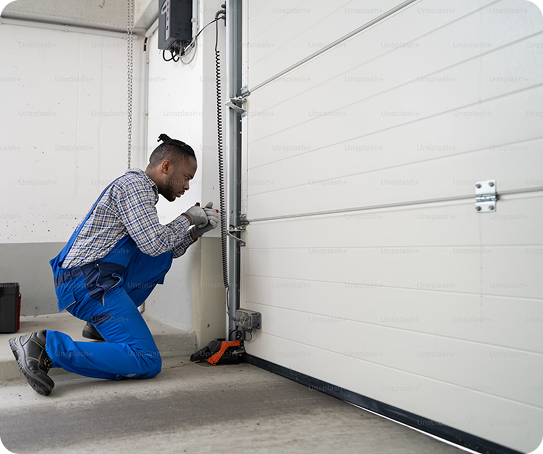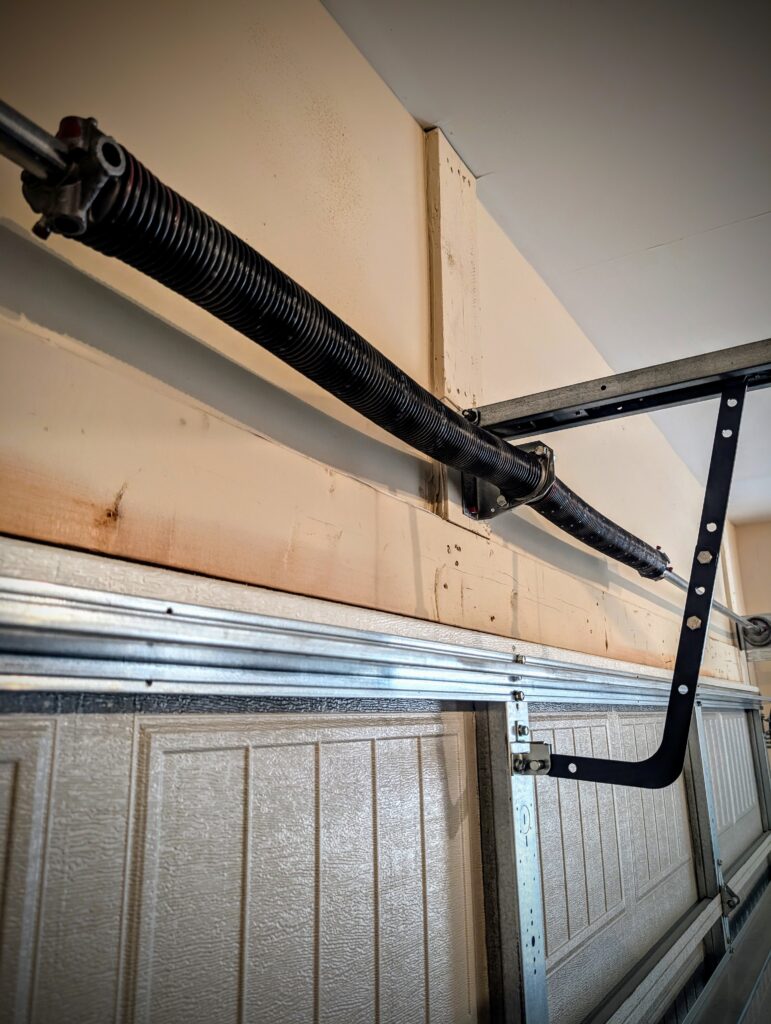Garage Door Opener Remotes: Selection, Programming & Troubleshooting
Need help figuring out your garage door opener remote? We’ve got you covered! Everything from different remote types and how they work to troubleshooting common problems and knowing when it’s time for a new one. Whether it’s just a dead battery or you’re looking to level up with smart home integration, find everything you need to know about garage door opener remotes.
By: Kelly Larson | Published: April 8, 2025
Find Garage Door Repair Services
Get a fast & free quote | Schedule your service today
We use remote controls every day without putting a single thought into what’s going on under the hood. Flipping through channels. Turning the ceiling fan on and off. And yes, opening and closing your garage door. Understanding the technology behind your garage door opener remote can help you troubleshoot problems and stay on top of available safety and security upgrades.
In this guide, we’ll take a deep dive into the tech that powers garage door remotes, the different types available, how to identify and address performance issues and how to replace yours when the time comes.
Understanding Garage Door Remote Technology
Remote controls communicate with garage door openers by transmitting radio frequency signals. These frequencies—most commonly 310 MHz, 315 MHz and 390 MHz—are regulated by the Federal Communications Commission (FCC). When you press the button, a coded signal is sent to the opener’s receiver. The receiver then decodes the signal, triggering the motor to raise or lower the door.
Some older garage door remotes use fixed code technology, meaning they send the same fixed code to the receiver every time the button is pushed. Fixed codes are easier for hackers to intercept, leaving your garage and home vulnerable. Today’s garage door clickers use rolling code technology, where the code changes each time the remote button is pressed. This, along with other available security features like password protection and encrypted signals, have made modern garage door remotes more secure than ever.
Types of Garage Door Remotes
The most common types of garage door remotes are standard, universal and keyless entry pads. Smartphone-compatible systems are also available, many of which are compatible with popular smart home platforms. Garage.com can help you narrow down your options and find a remote that works with your current opener.
Standard remotes are the first thing most people think of when it comes to garage door remote controls. They’re small, handheld devices with a few simple buttons that open and close the garage door and, in some cases, turn the opener’s lights on and off. Standard remotes have a typical range of 50 to 100 feet. Older models will have a shorter range and more advanced models can reach 150 to even 200 feet. You’ll need to replace the batteries every one to two years depending on the type and brand you use.
Universal remotes are designed to work with most major brands. They’re generally inexpensive and can be an effective solution if you have multiple garage doors and don’t want to juggle multiple remotes. But while they’re convenient, not all of them feature rolling code technology, and setup can be more complicated than with standard, same-brand remotes.
These wall-mounted units are installed outside next to the garage door. They require a PIN to open and close, and only those with the code can access the garage. You can change the PIN as many times as you’d like, making it a convenient option if you’re having guests over and want to set a temporary password for them. Keyless entry pads are designed to resist the elements, but you can increase the weather resistance by installing them under an overhang like the garage door frame.
Today’s garage door system technology is light years ahead of what it was even a decade ago. Popular smartphone-compatible remote controls like MyQ, Tailwind, Genie’s Alladin and others let you control your garage door from anywhere through an app on your phone. They can send you statuses and security alerts, and several of them are compatible with smart home platforms like Amazon Alexa, Google Home and Apple HomeKit.
Common Garage Door Remote Problems & Solutions
Garage door remotes are far less complex than some other components of the overall system, but that doesn’t mean they’re immune to performance issues. Let’s walk through some of the most common problems and how to address them.
The first thing to do if you have an unresponsive remote is to check the batteries. As a test, replace the existing batteries with new ones to see if that solves the problem. If not, make sure you haven’t introduced any new electronic devices (a WiFi router, for example) nearby that could be interfering with the remote’s signal.
If the remote still doesn’t work after performing these steps, try reprogramming it using the manufacturer’s instructions. There are many reasons why the signal between the remote and receiver can be broken, but a common one is a power outage. If none of these troubleshooting tactics work, it’s likely time for a new remote.
The typical range for most basic garage door openers is between 50 and 100 feet. Over time, you may find this range decreasing, indicating a problem. Like you would if the remote is unresponsive, the first thing you should do is replace the batteries. Another way to improve the range is by checking the garage door opener’s antenna to make sure it’s not damaged or misaligned. Try repositioning the antenna in various positions and test the range of each.
Several issues can cause hiccups when you’re programming or reprogramming a remote, but the most common is simply entering the wrong code. If it’s not responsive after the reprogramming process, try again and make sure the code is correct. From there, try looking for answers from the garage door opener. Follow the manufacturer’s instructions to reset the opener, which may be unresponsive if there was a recent power outage or interference to its rolling code technology.
If you’ve replaced the batteries in the remote, reset the opener and followed the troubleshooting advice above and still have a dead remote, it’s time to buy a new one. If the new remote doesn’t work, you might be dealing with a larger system issue. Garage.com can connect you with garage door experts in your area to help you diagnose and fix any underlying issues.
Replacing Your Garage Door Remote
A well-maintained garage door remote can last several years, but it won’t last forever. Identifying when it’s time for a replacement remote and which one to choose will keep your garage door system running smoothly for years to come.
Signs You Need a New Remote
It’s time to replace your remote if any of these common issues are present:
- Visible damage with cracks, broken buttons or signs of water intrusion
- Unresponsiveness or slow responses to commands
- Reduced range over time
- Still not working after replacing the batteries, reprogramming the remote and resetting the opener
Choosing the Right Replacement Remote
Having to replace your garage door remote isn’t ideal, but it’s a great opportunity to make some safety and technology upgrades. Before diving into any other features, make sure any remote you’re considering is compatible with your existing system. Universal remotes are always an option, but many of them lack the bells and whistles available in other types of remotes. Some upgrades to consider are:
- Remote access through an app
- Smart home compatibility
- Multiple door control
- Increased range
- Ability to control garage lights
- Security alerts
Both Original Equipment Manufacturer (OEM) remotes and aftermarket units are widely available. OEM remotes come directly from the manufacturer and are guaranteed to be compatible with same-brand garage door openers. Aftermarket products are budget-friendly, effective and work with several brands, but you’ll have to be okay with limited manufacturer support and lower quality depending on the brand.
Expert Advice >>> Find The Best Garage Door Opener
Professional Remote Replacement Services
Hiring a professional to replace your garage door remote ensures the work is performed properly and that no larger underlying issues exist. Going for a quick DIY fix is fine in most cases, but failure to diagnose a bigger problem can quickly eat into whatever you saved down the road.
When you’re matched with a licensed installer through Garage.com, they’ll assess your remote and opener on sight, provide you with a comprehensive quote, perform the work and often provide a warranty for the products and labor.
Enhancing Your Garage Door Remote System
Garage door remotes are easy to file in the afterthought category. They open your garage door. They close your garage door. But there’s a whole world of enhanced convenience and added security available out there, and you don’t have to break the bank to tap into it.
Adding Multiple Remotes
The easiest and most common upgrade is purchasing multiple remotes and stashing them in various strategic locations. If you have several garage doors or multiple family members, buying extra remotes and syncing them properly ensures that everyone has their own.
Keep in mind that the more remotes you have, the more you’re opening yourself up to potential security risks. If one or more get lost, someone may end up with access to your garage. Make sure the openers use rolling code technology, and bonus points for added layers of encryption.
Upgrading to Smart Technology
Whether your garage door opener and remotes come with integrated smart features or you’re installing a smart garage system like MyQ, there are several advantages to boosting your system’s IQ. Integrating garage doors with home automation systems like Google Home, Amazon Alexa and Apple HomeKit is a popular choice for setting automatic actions and monitoring garage doors remotely. You can also tap into these features via smartphone apps. Smart upgrades and integrations give you peace of mind with activity alerts, video surveillance and encrypted signals.
Range Extenders and Signal Boosters
If your remote doesn’t provide the range it once did (or if you’re just looking to increase it even further) a range extender or signal booster can help. Range extenders retransmit your garage door opener’s existing signal, turbo-boosting what’s already there to give it more range. Signal boosters strengthen and amplify the range of the signal by tapping directly into its source as opposed to redirecting it. They’re very similar but not quite the same. Range extenders are great candidates for DIY installation, but consider hiring a professional if you opt for a signal booster.
Garage Door Remote Security
As one of the main entry points to your home, garage door security isn’t something to put on the back burner. Though they still exist, fixed code systems have been largely replaced by more secure rolling code systems that change the code every time the door is raised or lowered. To keep your home secure, choose a garage door remote with rolling code technology, periodically reprogram your remote, keep physical remotes secure and out of sight, and make sure any smartphone-compatible remotes are encrypted and require a PIN for access.
Common Questions About Replacing Your Garage Door Remote
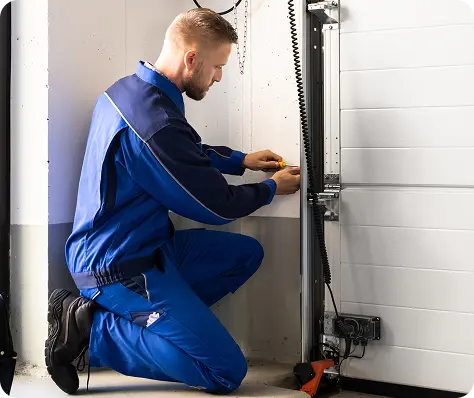
Get Your Free Quote and Schedule Your Garage Repair Today
Find top-rated companies for fast garage repairs and service to make sure your garage door system lasts. Get free quotes from garage door companies in your area.
Tips and Expert Advice for Your Garage
Stay informed with expert advice on garage door maintenance, garage door service, garage door replacement, and upgrades. Explore our blog for guides, troubleshooting tips, and more.

